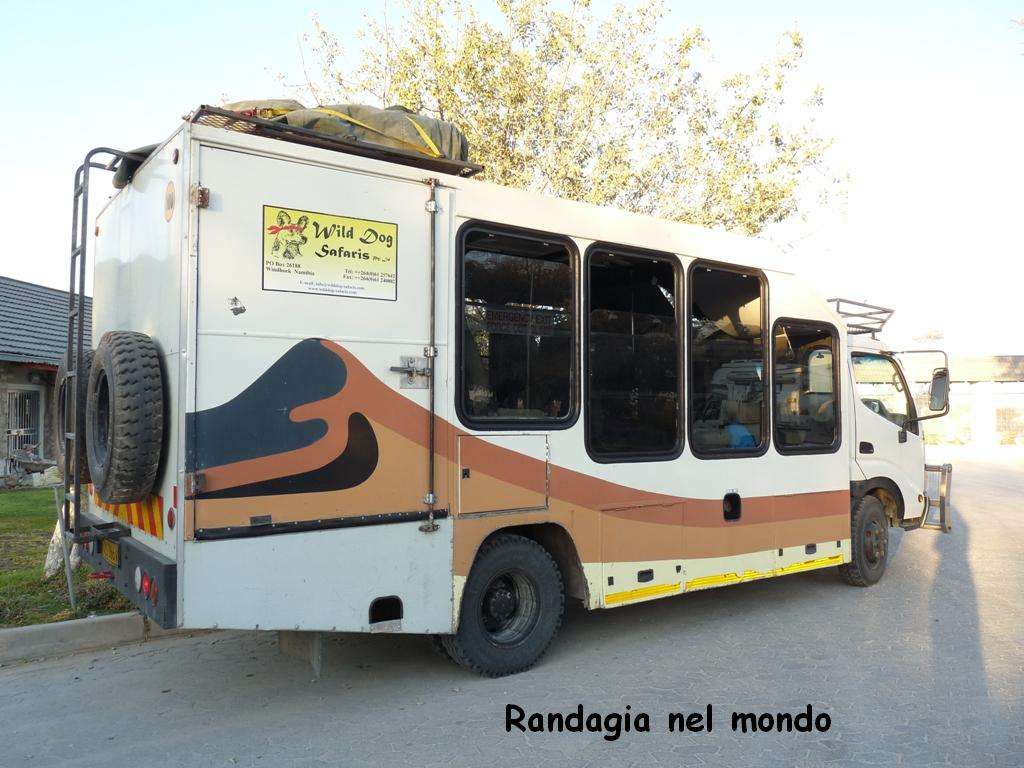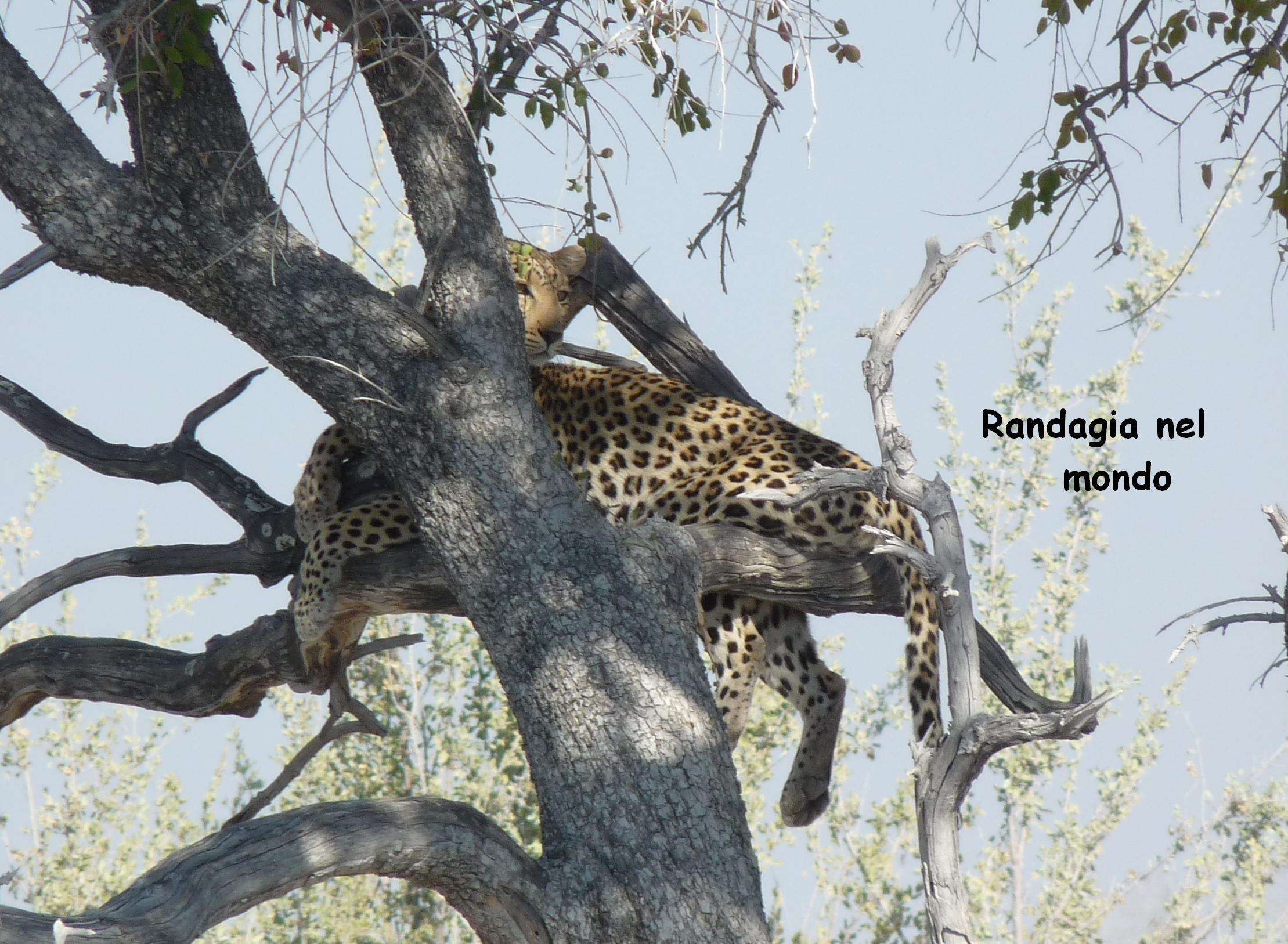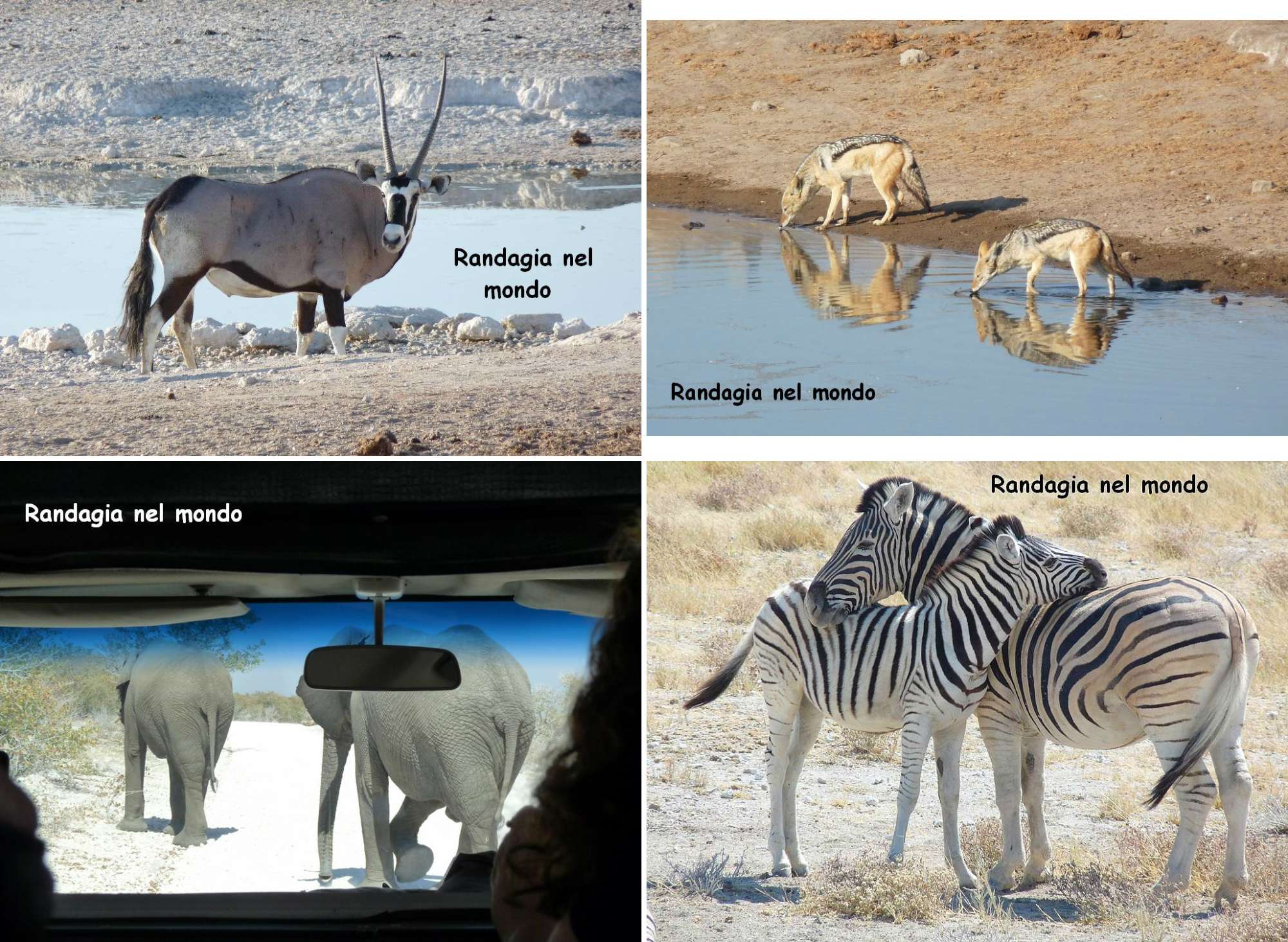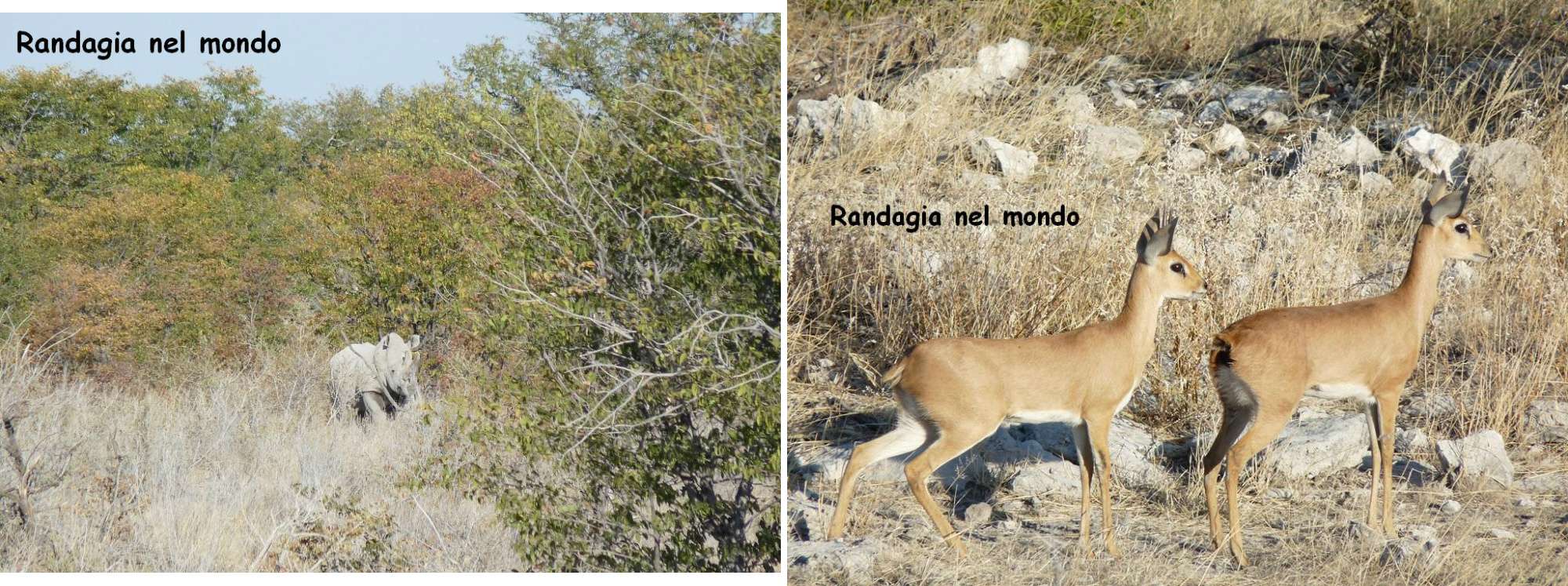Etosha National Park
Transport
Vehicle provided by the tour operator (Wild Dog Safaris). Unlike the one used in Botswana, this was completely closed, with large sliding windows and sunroof. There was therefore no risk of freezing, as it happened in Maun
Sleep
Tent, shared with a young English veterinary, who, prior to the safari, had worked as a volunteer for three weeks in Naankuse. One night in Namutoni and one in Okakuhejo. European-style campsites, well organized, with swimming pool, restaurants, convenience stores, bathrooms with hot showers and flush toilets….
Eat
Our driver, and his assistant, were in charge of preparing meals as well. Obviously they did not attend a cuisine school, but managed to prepare simple, tasty dishes, satisfying all palates.
Travel organization
At first I wanted to rent a car in Otjiwarongo, visit the Cheetah Conservation Fund, and then head Etosha, however, already in January, all the cheap bungalows were booked, so I gave up. Wild Dog Safaris, highly recommended on the various paper guides, had also been used by a friend of mine, who is an estimated traveler, so let’s say that I chose with my eyes closed. In any case, all Etosha safaris, with the exception of expensive tailor-made ones, dedicated to this park three days, so I did not have either that great altrernatives to choose between. This type of safari is called “participated” in the sense that participants must put up and down the tents, help in food preparation, like peeling the vegetables, set the table, and then wash their own dishes. There is little water available, and all the dishes have to be soaped and rinsed changing only 2/3 times the water in the basin. It is not stuff for picky people. The groups can be numerous, for example we were in 13. The average age of participants is about 25/30 years old. That said, I preferred this tour to the next one, more expensive, more comfortable, and with an older group, because young people are more dynamic, and dedicate less time to relax. The downside is that, since we had to organize the camp by ourselves, we had to get back much earlier than sunset, or leave much later than sunrise, to have enough time and light. These parts of the day, you know, are also the best ones for spotting wildlife, so we certainly lost precious opportunities. We slept on the floor on foam mats. First night spent in Okakuhejo, in whose pool we saw rhinos and elephants, whereas in Namutoni only one antelope throughout the whole evening.
Magnificent starry sky
Impressions
Arid environment, very different from Okavango.
The Etosha Pans, spectacular, remind me of the Salar de Uyuni.
I was maybe unlucky, but I did not spot any lion or cheetah, only a leopard.
The vehicles are obliged to follow the main slopes, just deflecting in a bit close to the pools, some natural, some man-made, where, especially in the dry season, the animals gather to drink. Like in Botswana, many many elephants. 

Here you can see species which do not live in Botswana, like the dik diks, and the rhinos
Artificial lakes have been created adjacent to the camps, you can sit on the benches and enjoy the show at any hour of the day, but the best time is definitely the night.
If I can give advice to the tour operators, they should add one more day to these tours, so at least 4 and not 3 ones.
